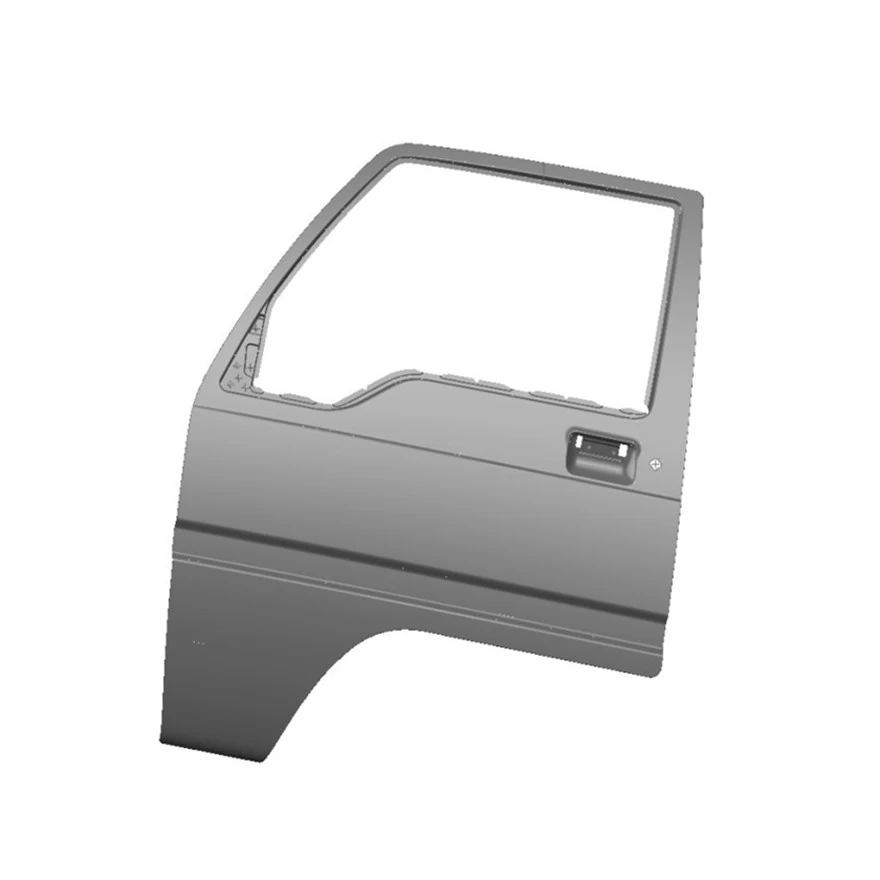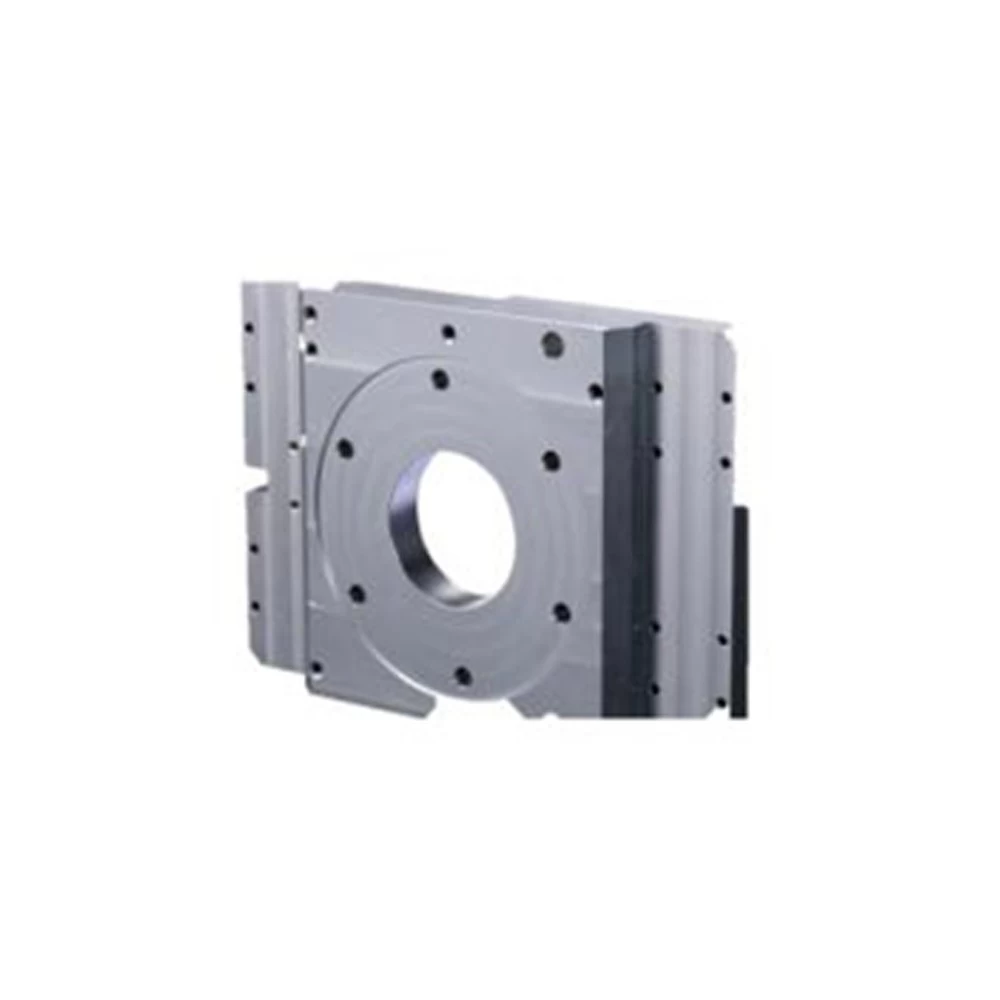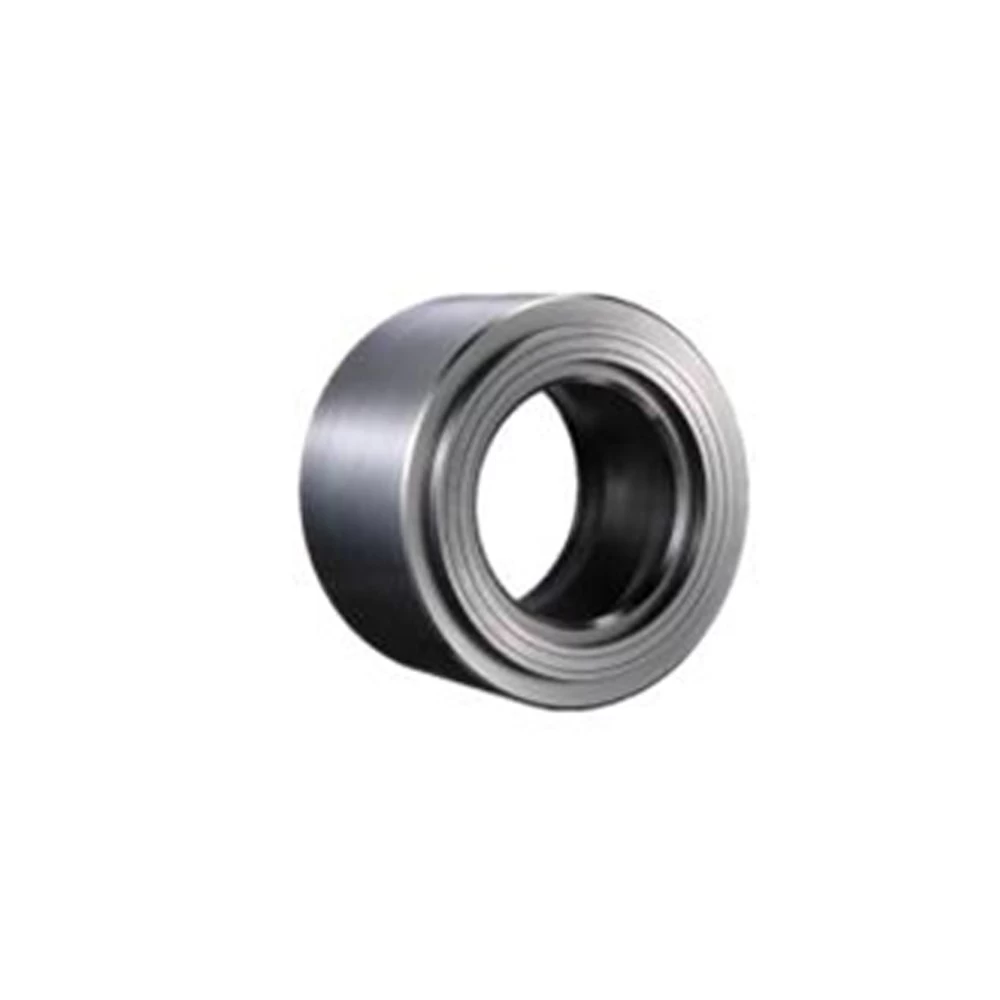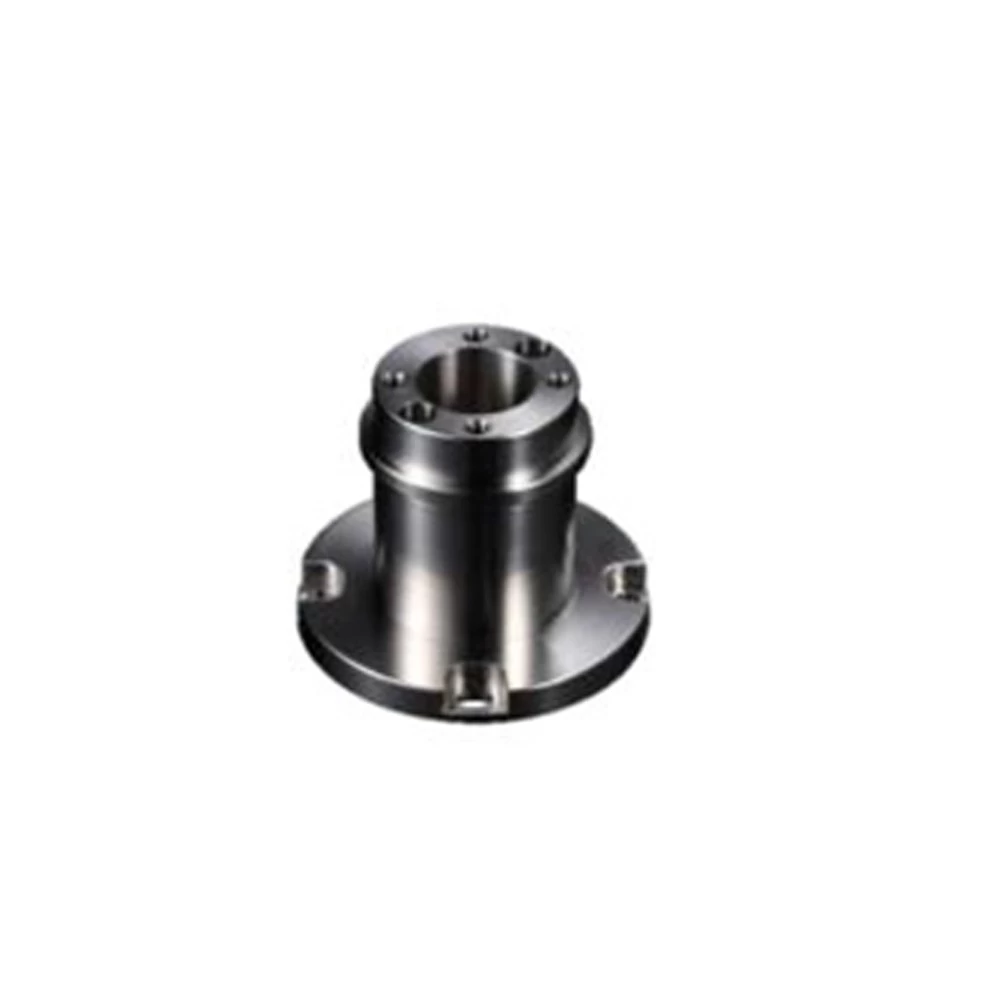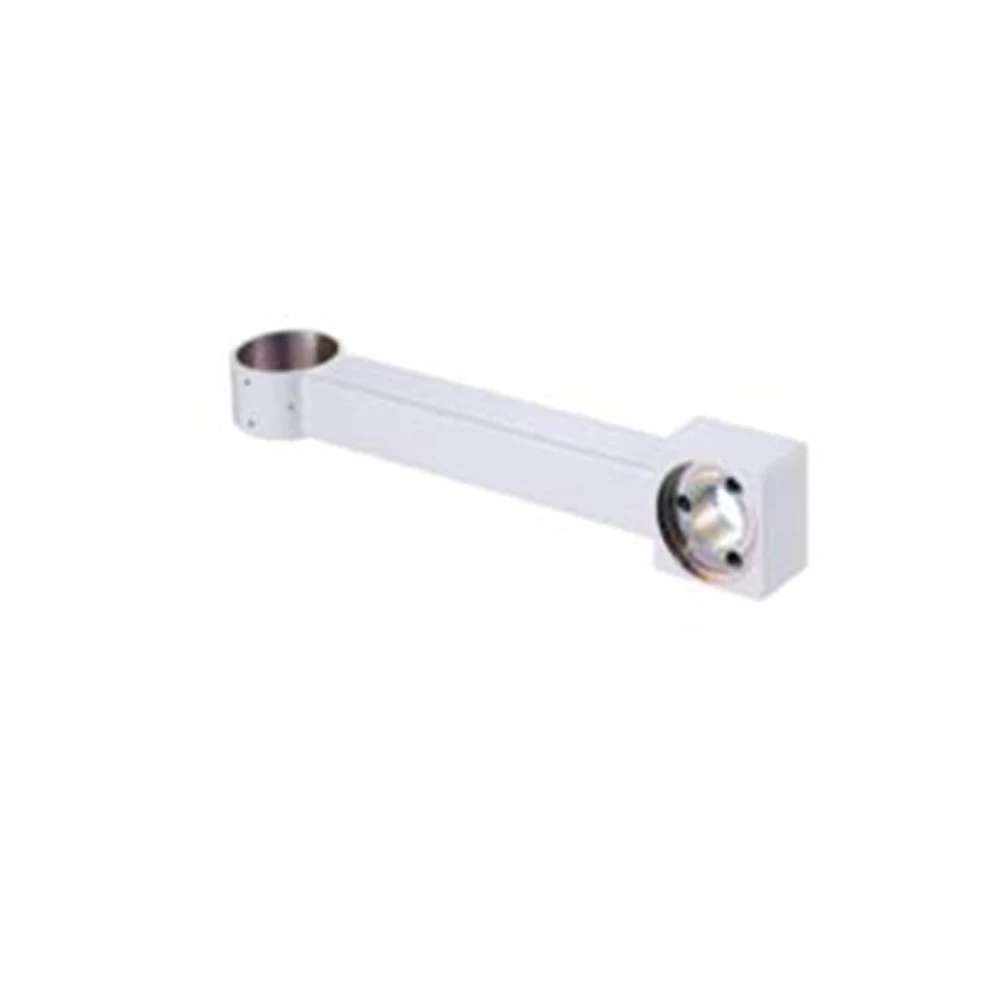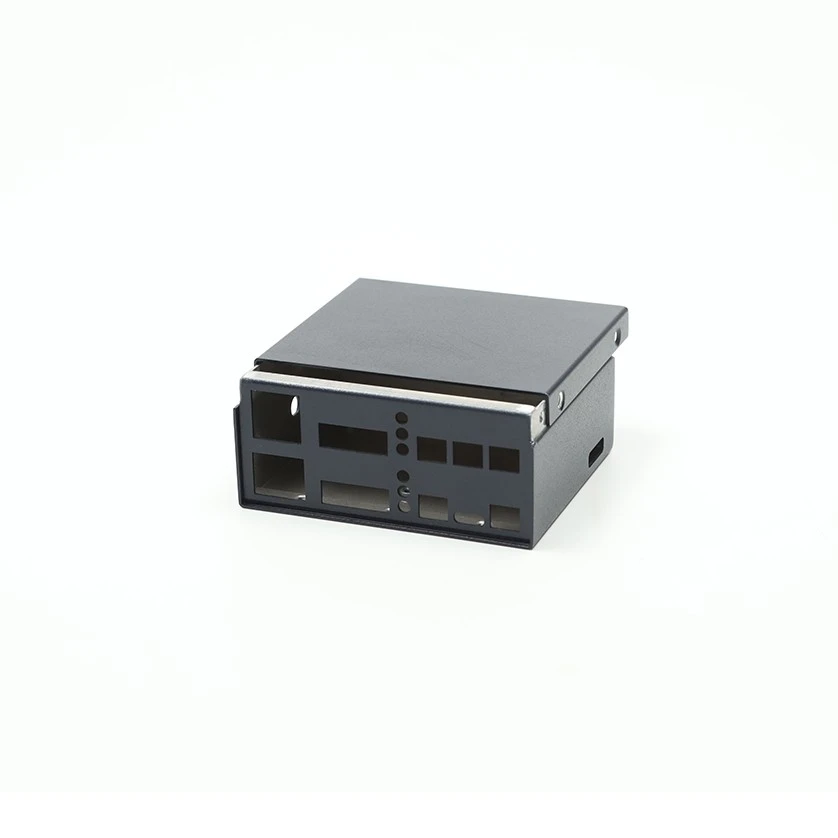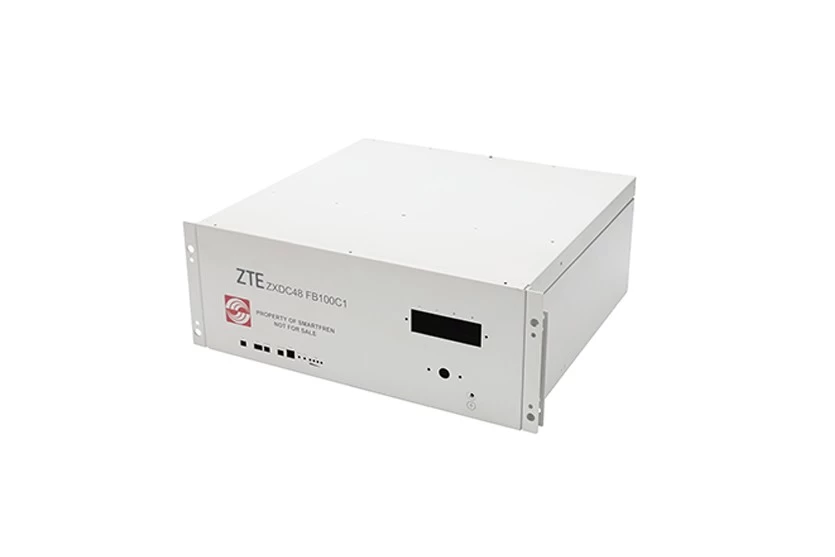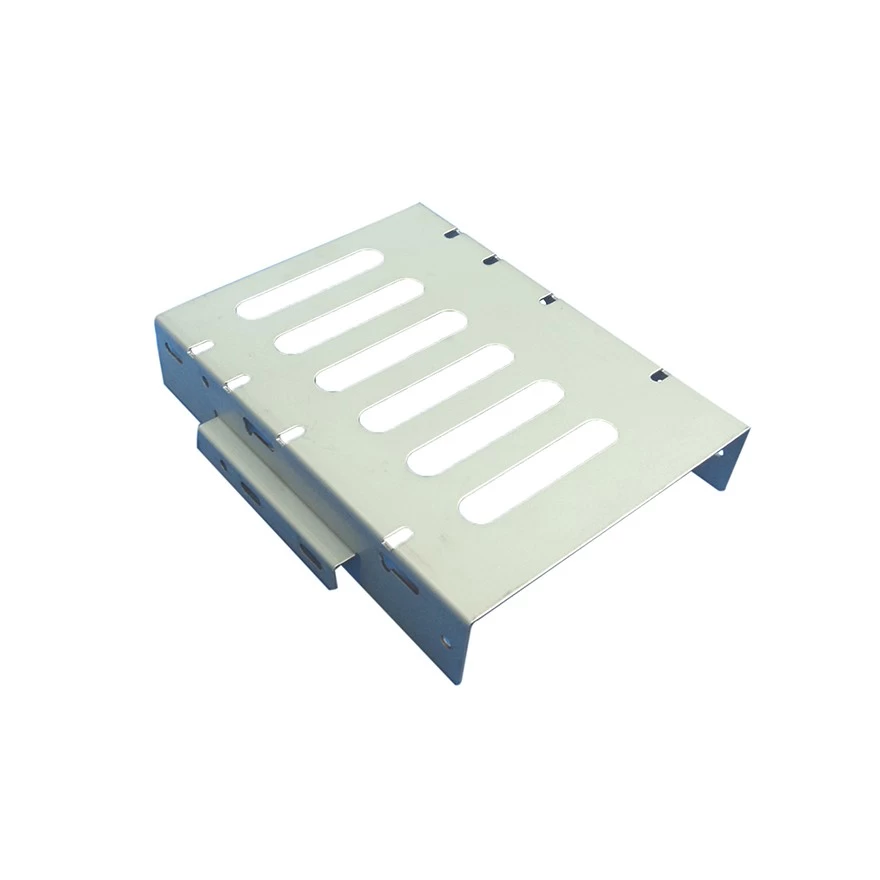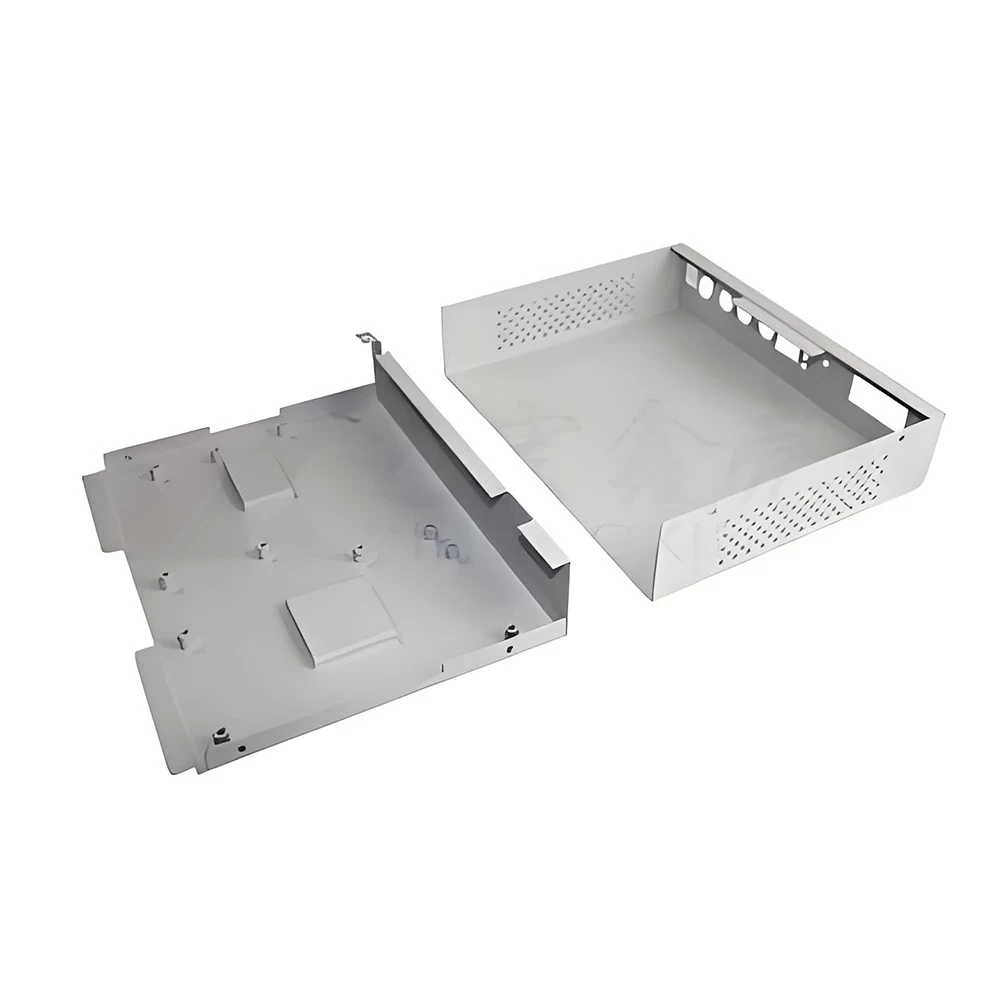The common terms in sheet metal fabrication industry
Angelina Dong
original
2015-11-03 14:02:35
Every profession has its own specialized terms, then we have to make.Houdry metal fabrication factory's Staff give us the sheet metal processing industry are the common terminology.
(1) pressure riveting: refers to the press or hydraulic press the pressure riveting nut, pressure riveting screw press or pressure riveting nut fasteners firmly in the workpiece on the process.
(2) rose riveting: refers to the workpiece sink hole first, then USES the punch press or hydraulic press the up riveting nut firmly in the workpiece on the process.
(3) lhamo: refers to a similar riveting process.Pull rivet nut with his lhamo gun (POP) and other fittings firmly attached to the workpiece on the process.
(4) pull riveting: refers to him with her nails rivet gun for the tool will be two or more than two workpiece processes of closely linked together.
(5) the riveting: use rivet to two or more than two workpiece process together face to face, and if the countersunk head riveting, the workpiece must be to sink hole.
(6) corner cut: refers to the workpiece Angle in punch press or hydraulic press with die cut process.

(7) bending: refers to the workpiece by bending machine molding process.
Sink holes (8) : refers to cope with similar countersunk head screw type of fittings, and the processing of a taper hole on the workpiece process.
(9) pat down: refers to a smooth transition to the shape of the workpiece process.
Rushed mesh (10) : refers to the ordinary punch or or CNC punch hole on the workpiece rushed out of the net with the mould.
Reaming (11) : refers to the workpieces with drill bit or milling cutter machining for large hole process.
Forming (12) : refers to the general press or other device using mold parts deformation process.
(13) cut material: refers to the material after shearing machine rectangular workpiece process.
Materials (14) : refers to the workpiece through LASER cut or CNC punch blanking process.
(15) blanking: refers to the ordinary punch or other devices use mould processing processes of the product shape.
(16) punching: refers to the punch and die machining workpiece by ordinary hole process.
Rushed convex hull (17) : refers to the press or hydraulic press with a mold parts forming processes of convex shape.
Running tear (18), also known as "bridge", refers to the press or hydraulic press with a mold parts forming processes of shape like a bridge.
(19) smoking hole: also called "flanging," used in ordinary punch press or other device on the workpiece forming mould round hole edge up process.Process.
(20) tapping: refers to the workpieces machining internal thread's process.
(21) leveling: refers to the workpiece processing before and after the uneven, with other equipment to flat workpiece process.
(22) back teeth: refers to advance attack is a part of the second screw tooth to tooth repair process.
Drilling (23) : refers to the bit for drilling or milling machine used for punching process.
(24) chamfering: refers to the use of mould, file, grinding machine, such as Angle of workpiece machining process.
(25) print: refers to the use of mould on the workpiece out of the words, symbols or other imprinting process.
For the new contactSheet metal processingThe people of the industry, only by understanding the industry for common terminology, can adapt to sheet metal processing industry.
(1) pressure riveting: refers to the press or hydraulic press the pressure riveting nut, pressure riveting screw press or pressure riveting nut fasteners firmly in the workpiece on the process.
(2) rose riveting: refers to the workpiece sink hole first, then USES the punch press or hydraulic press the up riveting nut firmly in the workpiece on the process.
(3) lhamo: refers to a similar riveting process.Pull rivet nut with his lhamo gun (POP) and other fittings firmly attached to the workpiece on the process.
(4) pull riveting: refers to him with her nails rivet gun for the tool will be two or more than two workpiece processes of closely linked together.
(5) the riveting: use rivet to two or more than two workpiece process together face to face, and if the countersunk head riveting, the workpiece must be to sink hole.
(6) corner cut: refers to the workpiece Angle in punch press or hydraulic press with die cut process.

(7) bending: refers to the workpiece by bending machine molding process.
Sink holes (8) : refers to cope with similar countersunk head screw type of fittings, and the processing of a taper hole on the workpiece process.
(9) pat down: refers to a smooth transition to the shape of the workpiece process.
Rushed mesh (10) : refers to the ordinary punch or or CNC punch hole on the workpiece rushed out of the net with the mould.
Reaming (11) : refers to the workpieces with drill bit or milling cutter machining for large hole process.
Forming (12) : refers to the general press or other device using mold parts deformation process.
(13) cut material: refers to the material after shearing machine rectangular workpiece process.
Materials (14) : refers to the workpiece through LASER cut or CNC punch blanking process.
(15) blanking: refers to the ordinary punch or other devices use mould processing processes of the product shape.
(16) punching: refers to the punch and die machining workpiece by ordinary hole process.
Rushed convex hull (17) : refers to the press or hydraulic press with a mold parts forming processes of convex shape.
Running tear (18), also known as "bridge", refers to the press or hydraulic press with a mold parts forming processes of shape like a bridge.
(19) smoking hole: also called "flanging," used in ordinary punch press or other device on the workpiece forming mould round hole edge up process.Process.
(20) tapping: refers to the workpieces machining internal thread's process.
(21) leveling: refers to the workpiece processing before and after the uneven, with other equipment to flat workpiece process.
(22) back teeth: refers to advance attack is a part of the second screw tooth to tooth repair process.
Drilling (23) : refers to the bit for drilling or milling machine used for punching process.
(24) chamfering: refers to the use of mould, file, grinding machine, such as Angle of workpiece machining process.
(25) print: refers to the use of mould on the workpiece out of the words, symbols or other imprinting process.
For the new contactSheet metal processingThe people of the industry, only by understanding the industry for common terminology, can adapt to sheet metal processing industry.



